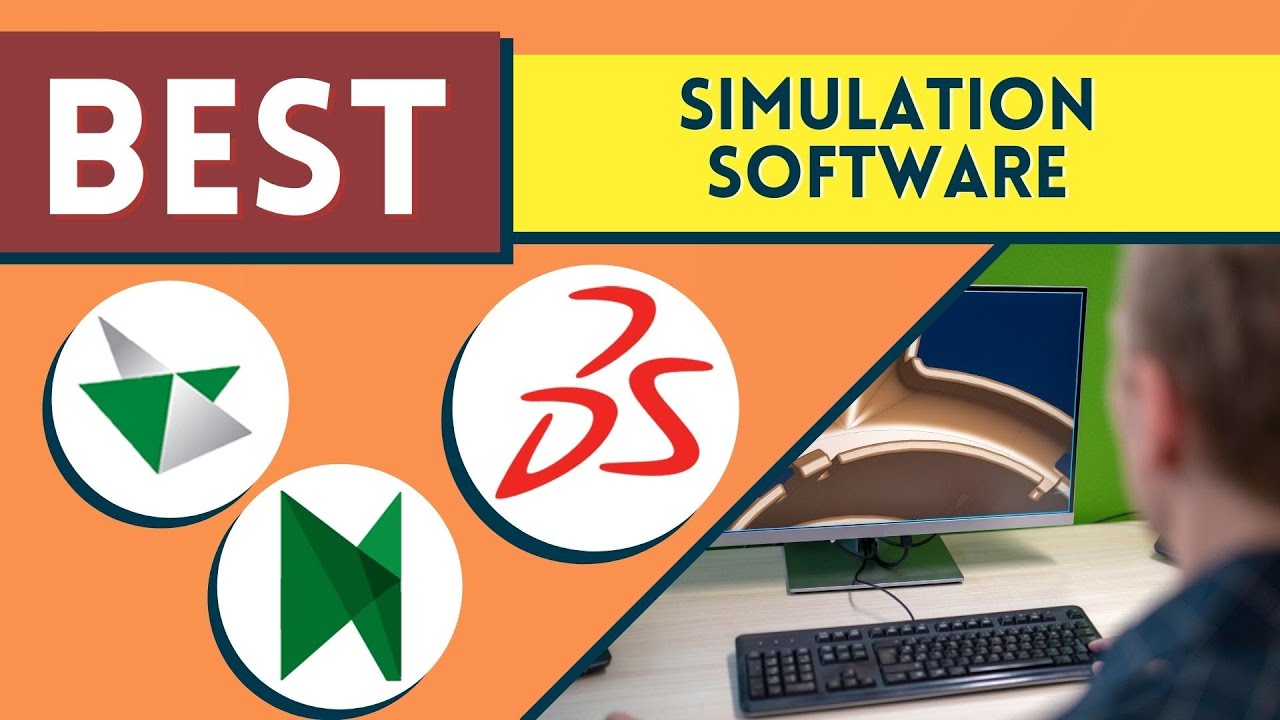Simulation software has become an indispensable tool in modern engineering and design, providing a virtual environment to test and analyze products, systems, and processes before they are built. By simulating real-world conditions, engineers can identify potential problems, optimize performance, and reduce costs.
Types of Simulation Software
- Finite Element Analysis (FEA): Used to simulate the behavior of materials and structures under various loads and conditions, such as stress, strain, and deformation.
- Computational Fluid Dynamics (CFD): Used to simulate the flow of fluids, including liquids and gases, in various applications such as aerodynamics, hydraulics, and heat transfer.
- Multi-Body Dynamics (MBD): Used to simulate the motion of interconnected mechanical systems, such as vehicles, robots, and machinery.
- System Simulation: Used to simulate the behavior of complex systems, including electrical, electronic, and control systems.
- Discrete Event Simulation: Used to simulate systems that involve discrete events, such as manufacturing processes, supply chains, and transportation networks.
Benefits of Simulation Software
- Reduced Costs: Simulation can help identify potential problems and design flaws early in the development process, reducing the need for costly physical prototypes and testing.
- Improved Product Performance: Simulation can be used to optimize product design for performance, efficiency, and reliability.
- Enhanced Safety: Simulation can help identify potential safety hazards and risks before a product is released to the market.
- Faster Time-to-Market: By reducing the time required for design, testing, and iteration, simulation can help accelerate product development.
- Improved Decision Making: Simulation can provide valuable insights and data that can inform decision-making throughout the product development process.
Applications of Simulation Software
- Automotive: Designing and testing vehicles, engines, and components.
- Aerospace: Simulating aircraft and spacecraft performance, aerodynamics, and structural integrity.
- Manufacturing: Optimizing manufacturing processes, analyzing equipment performance, and simulating product assembly.
- Biomedical: Simulating the behavior of biological systems, such as blood flow and tissue mechanics.
- Electronics: Designing and testing electronic circuits and systems.
- Environmental: Simulating environmental processes, such as air pollution dispersion and climate change.
In conclusion, simulation software has become an essential tool for engineers and designers across a wide range of industries. By providing a virtual environment to test and analyze products and systems, simulation can help improve efficiency, reduce costs, and ensure product quality and safety. As technology continues to advance, we can expect simulation software to become even more powerful and versatile.
